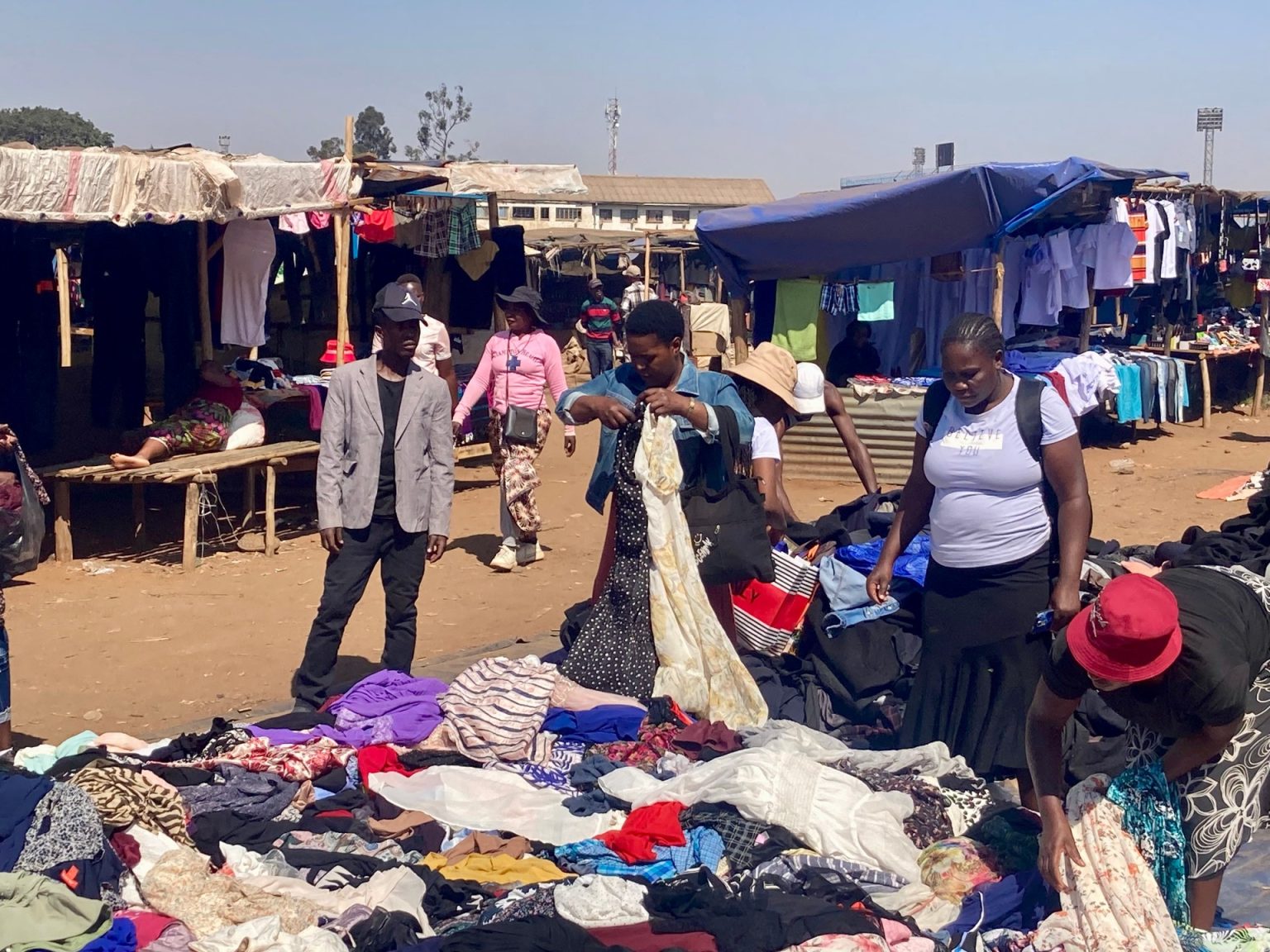Kimberley Dube, a self-employed entrepreneur in Harare, Zimbabwe, is a fan of secondhand clothing sold at a small market next to a shopping center. She values the unique styles and affordable prices, with items like jeans available for as low as $2. The market is run by sellers like Winnie Mutsokoti, who imports and sells a variety of secondhand clothes, some of which are in new or barely worn condition. The popularity of secondhand clothing in Zimbabwe is partially due to the lack of affordable local options and the appeal of unique items not found in mainstream stores.
In a different part of the city, Mbare, a market thrives with secondhand clothing stalls catering to a working-class clientele. Sellers like Prosper Matenga offer a range of clothes at low prices, attracting customers looking for bargains. While some customers, like Odera Moyo, are willing to buy secondhand for themselves, they prefer new clothing for their children. Economic challenges in Zimbabwe, including high unemployment rates and inflation, have led many like Moyo to rely on odd jobs to get by.
The influx of inexpensive secondhand clothing has dealt a blow to local clothing manufacturers and retailers like Truworths Zimbabwe. The company has faced closures and downsizing due to stiff competition from imported used clothing. Energy Deshe of Kingsport Investments notes that the authorities have not effectively enforced regulations against illegal imports, leading to job losses and industry decline. Attempts to restrict imports in the past have been met with resistance and the trade continues to flourish.
Zimbabwe’s economic woes, including currency instability and high inflation, have further complicated the situation for local businesses. Efforts to introduce a new currency backed by gold reserves have not stemmed the tide of inflation, which some experts believe to be significantly higher than officially reported. Coupled with high taxation and labour costs, local manufacturers are struggling to compete with the flood of secondhand clothing imports.
Despite the challenges faced by the local clothing industry, there is optimism about the potential for revival through policy changes and enforcement. Some believe that by emulating countries like Uganda and Rwanda, which have banned the import of used clothing, Zimbabwe could stimulate domestic manufacturing and retail. Designers like Joyce Chimanye see opportunities to learn from countries like Bangladesh, which transformed their garment industry through market-oriented policies in the past. Customers like Dube express willingness to support local brands if prices, quality, and variety are competitive.
In conclusion, the thriving market for secondhand clothing in Zimbabwe poses a threat to local manufacturers and retailers struggling to compete. The influx of cheap imports has impacted the industry, leading to closures, downsizing, and job losses. While customers benefit from low prices and variety, there is a recognition of the need to support local businesses through policy changes and enforcement. The challenges faced by the clothing sector in Zimbabwe underscore broader economic difficulties that require innovative solutions to revitalize the industry and promote sustainable growth.


